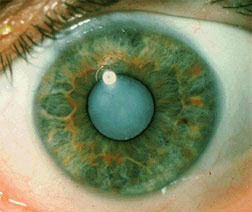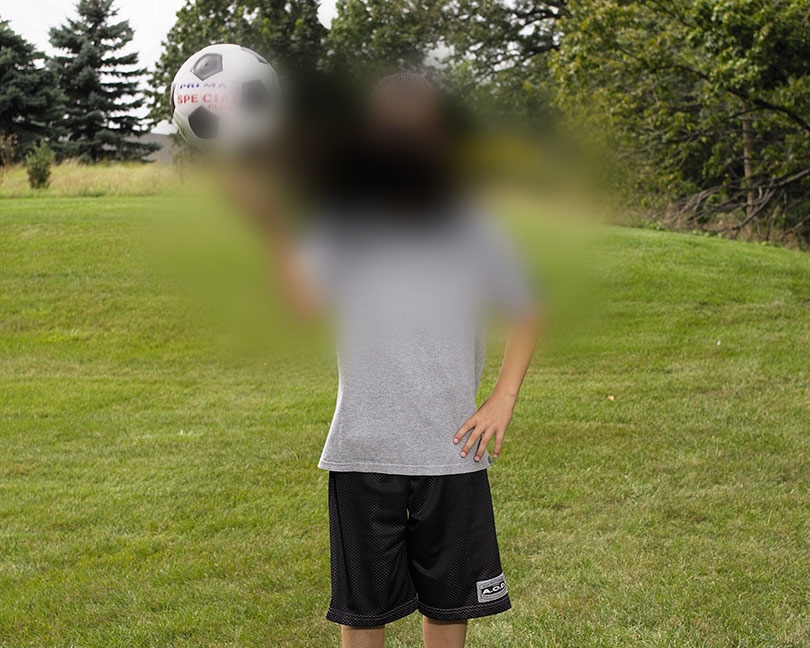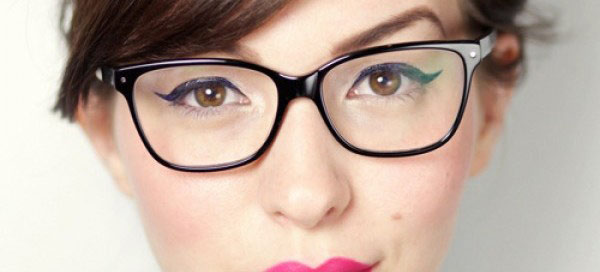6 Common Eye Problems
At some point throughout your lifetime, its very possible that you will experience some sort of vision loss. While it can happen in your youth, as you age certain types of eye disorders become more common. Eyesight is one of the most valued senses, allowing us to capture the world around us. Maintaining eyesight is very important; here are a list of some common disorders and how to spot them!
1. Cataracts:
Cataracts are referred to as a clouding of the lens, often causing problems with your vision. While they are more common in people 40 or over, they can develop at any age. Cataracts are caused by injury as well as protein deterioration which occurs over time. This causes the protein fluid in the eye’s lens to build up. Risk Factors include: UV radiation, diabetes, obesity, and smoking. Cataracts start out small, having little effect on your vision but as they grow you may notice that your vision becomes cloudier, colors appear more dull, and lights have more of a glare. Good news is, cataracts are easily treated, and cataract surgery usually restores your vision to normal!

2.Macular Degeneration:
Macular Degeneration, commonly affecting those over age 60, occurs when the small central portion of the retina, known as the macula, begins to deteriorate. While it doesn’t usually result in blindness, macular degeneration is a leading cause of severe vision loss and disability. There are two forms of the disease: wet AMD and dry AMD. The “dry” form refers to the presence of yellow deposits, called drusen, in the macula leading to dimming or distortion of vision. The “wet” form, which is less common, is characterized by the growth of abnormal blood vessels from the choroid underneath the macula. The blood vessels leak blood and fluid into the retina, causing a distortion in your vision as well as loss of central vision. While there is no cure for macular degeneration there are treatments to help prevent severe vision loss.

3.Glaucoma:
Glaucoma is a condition that causes damage to the eye’s optic nerve, often due to a buildup of pressure. Glaucoma gets worse over time and can cause total blindness within a few years. Most people have little to no symptoms at the early stages of glaucoma, making it very important to see your optometrist or ophthalmologist every 1-2 years. Glaucoma most often occurs in people over the age of 40, but anyone can get it. Symptoms include red eyes, blurred vision, tunnel vision and frequent headaches. Glaucoma may be treated with prescription eye drops, laser surgery or microsurgery, however vision that has been lost can not be restored.

4.Diabetic Retinopathy:
Diabetic Retinopathy is an eye disorder often related to people with diabetes. It’s caused by damage to the blood vessels of the light-sensitive part of the eye, known as the retina. Diabetic retinopathy can occur in anyone who has type 1 or type 2 diabetes, and the longer you have diabetes and the less controlled your blood sugar is, the more likely you are to acquire diabetic retinopathy. There are little symptoms as the early stages of diabetic retinopathy but it can result in blindness. Its very important to see your ophthalmologist or optometrist annually to catch diabetic retinopathy early in order to prevent blindness.

5. Refractive Errors:
Refractive errors occur when the shape of the eye prevents light from focusing on the retina. These can be caused by the length of the eyeball, changes in the shape of the cornea, or aging of the lens. Types of refractive errors are myopia (nearsightedness), hyperopia (farsightedness), astigmatism, and presbyopia. While presbyopia affects most people 35 and older, the other refractive disorders can appear in people at any age. Symptoms include: headaches, blurred vision, double vision, halos, and eyestrain. Refractive errors can be treated with eyeglasses, contact lenses and refractive surgery.

6. Keratoconus:
Keratoconus occurs when your cornea, the clear dome-shaped front surface of the eye, thins and gradually bulges outward into a cone shape. This causes blurred vision and sensitivity to light. Keratoconus generally affects both eyes and occurs in people ages 10-25. This condition may progress slowly for 10 years or longer. Treatment depends on the severity of the disease. Mild to moderate keratoconus can be treated with eyeglasses and/or contact lenses. If the cornea becomes scarred surgery may be necessary.





